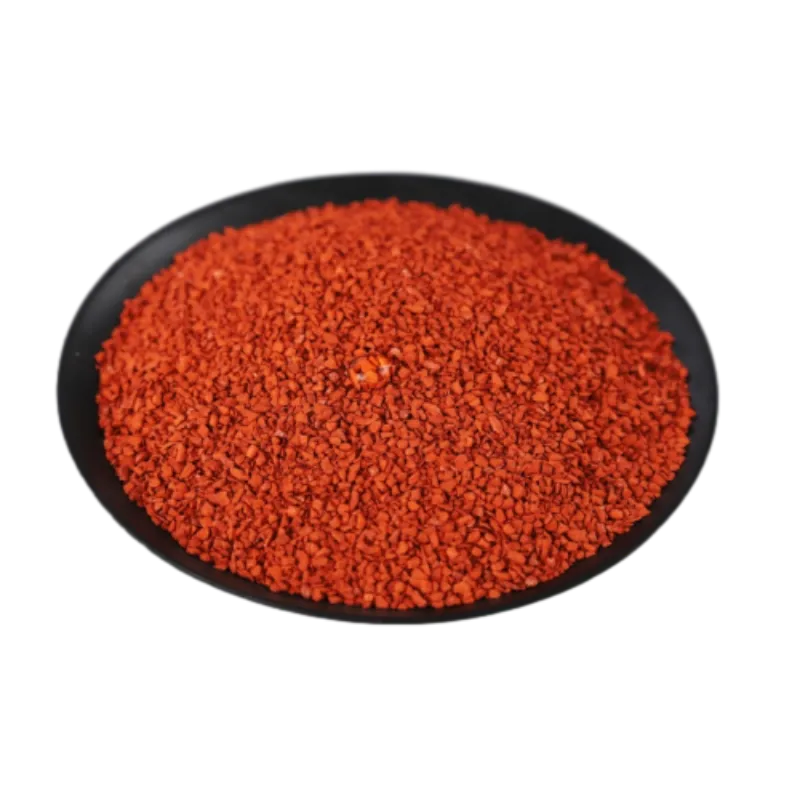
Ago . 30, 2024 02:19 Back to list
How Long Do Clay Roofs Last? | Durable Roofing Solutions
How Long Do Clay Roofs Last?
When it comes to roofing materials, clay tiles stand out for their durability, aesthetic appeal, and energy efficiency. Homeowners and builders often consider clay roofing for its long lifespan and minimal maintenance needs. But just how long do clay roofs last? Let’s explore the factors influencing their longevity, the benefits they offer, and what to expect when investing in a clay roof.
How Long Do Clay Roofs Last?
One of the prominent advantages of clay tiles is their resilience. Unlike asphalt shingles, which may need replacement every 15 to 30 years, clay tiles can endure the harshest weather conditions, including extreme heat, cold, heavy rain, and hail. They are resistant to rot, pests, and fire, making them a preferred choice in areas prone to wildfires or heavy snowfall. Additionally, clay roofs can reflect sunlight, helping to keep homes cooler and reducing energy costs.
how long do clay roofs last

However, the longevity of a clay roof can be significantly impacted by climate. Areas with severe weather fluctuations or heavy rainfall may require more frequent inspections and maintenance to ensure the roof remains intact. Regular cleaning to prevent debris buildup and ensuring that the drainage systems function correctly are essential steps in prolonging the life of a clay roof.
Maintenance is critical. Although clay roofs require less upkeep than other roofing materials, homeowners should remain vigilant about inspecting their roofs periodically. Checking for broken or cracked tiles and making necessary repairs can prevent small issues from evolving into major problems. Additionally, ensuring that the underlayment and flashing are in good condition is vital for overall roof health.
Moreover, the local environment plays a substantial role in the wear and tear of clay roofs. Homes situated near coastal regions may experience salt damage, while properties surrounded by overhanging trees might face erosion from falling branches and debris. Implementing preventative measures, such as trimming overgrown trees and removing debris, can help mitigate these risks and extend the roof's lifespan.
In conclusion, clay roofs are an excellent long-term investment for homeowners seeking durability and aesthetic appeal. With a typical lifespan ranging from 50 to upwards of 100 years, they can significantly outlast many other roofing options. Understanding the factors affecting their longevity and committing to regular maintenance can ensure that a clay roof serves its purpose well for generations, providing reliable protection and adding beauty to any home. If you’re considering a new roof, clay tiles may be the optimal choice for durability and style.
-
Explore Types of Roof Shingles: Durable Asphalt & More!
NewsAug.07,2025
-
Architectural Asphalt Shingles | Laminated & Durable
NewsAug.06,2025
-
Premium Stone Coated Metal Roof Tiles | Spain Tile
NewsAug.05,2025
-
Types of Roof Shingles: Durable Styles & Materials
NewsAug.04,2025
-
Different 3 Tab Shingles Types | Affordable & Durable Roofing
NewsAug.03,2025
-
Premium Round Asphalt Shingles: Durable & Elegant Roofing
NewsAug.01,2025







